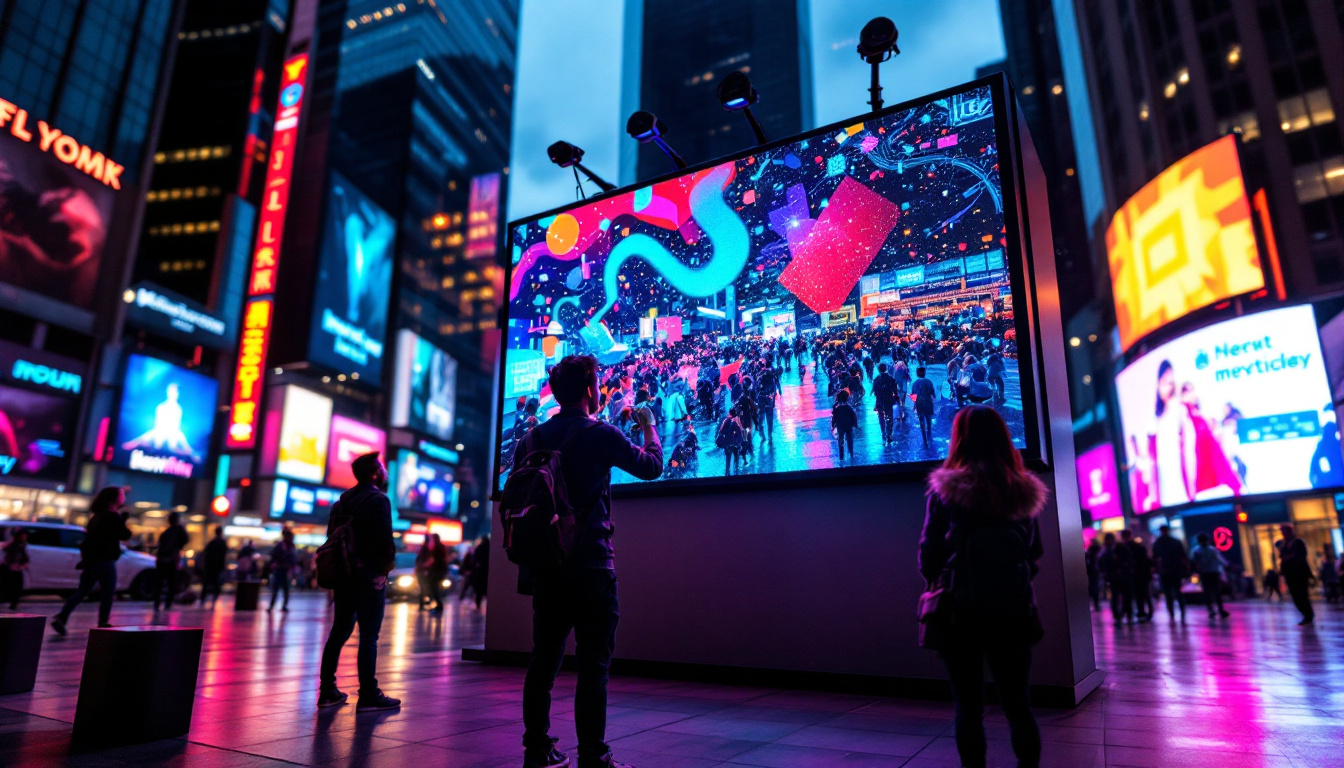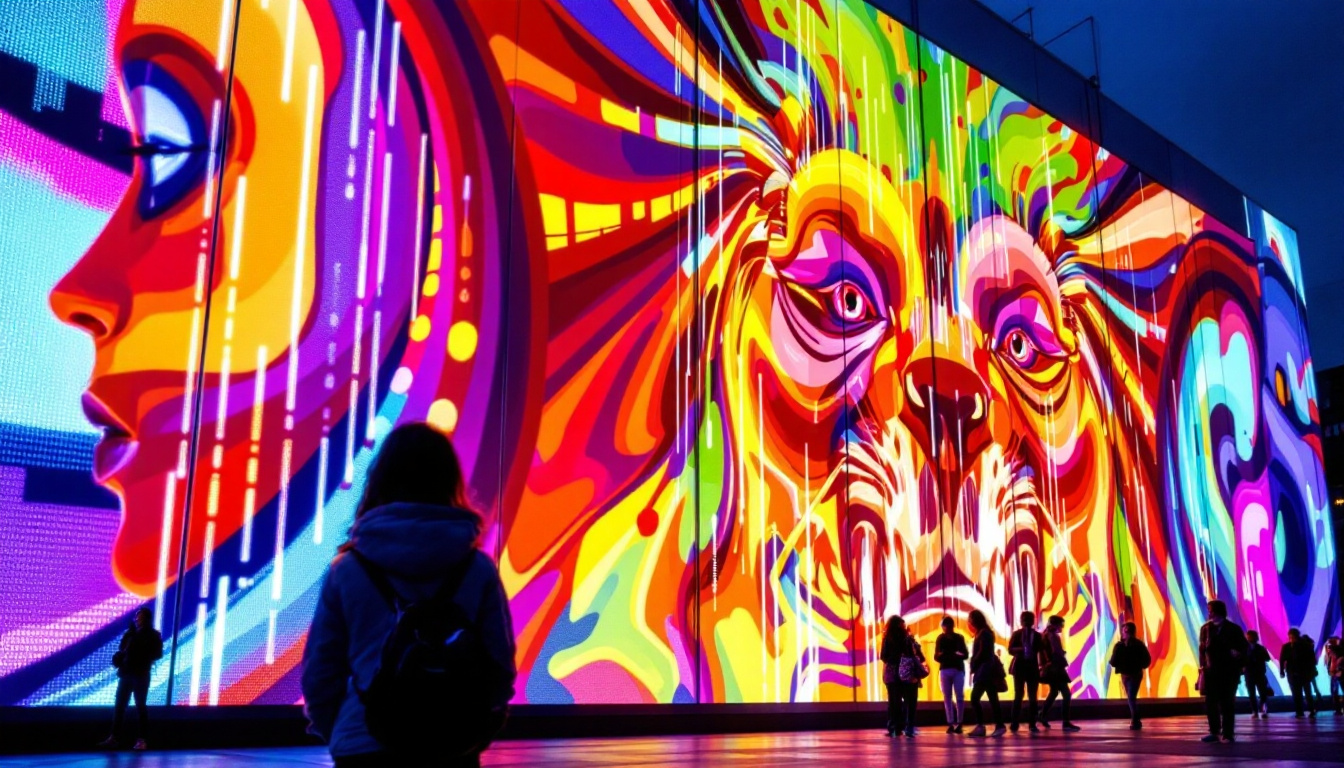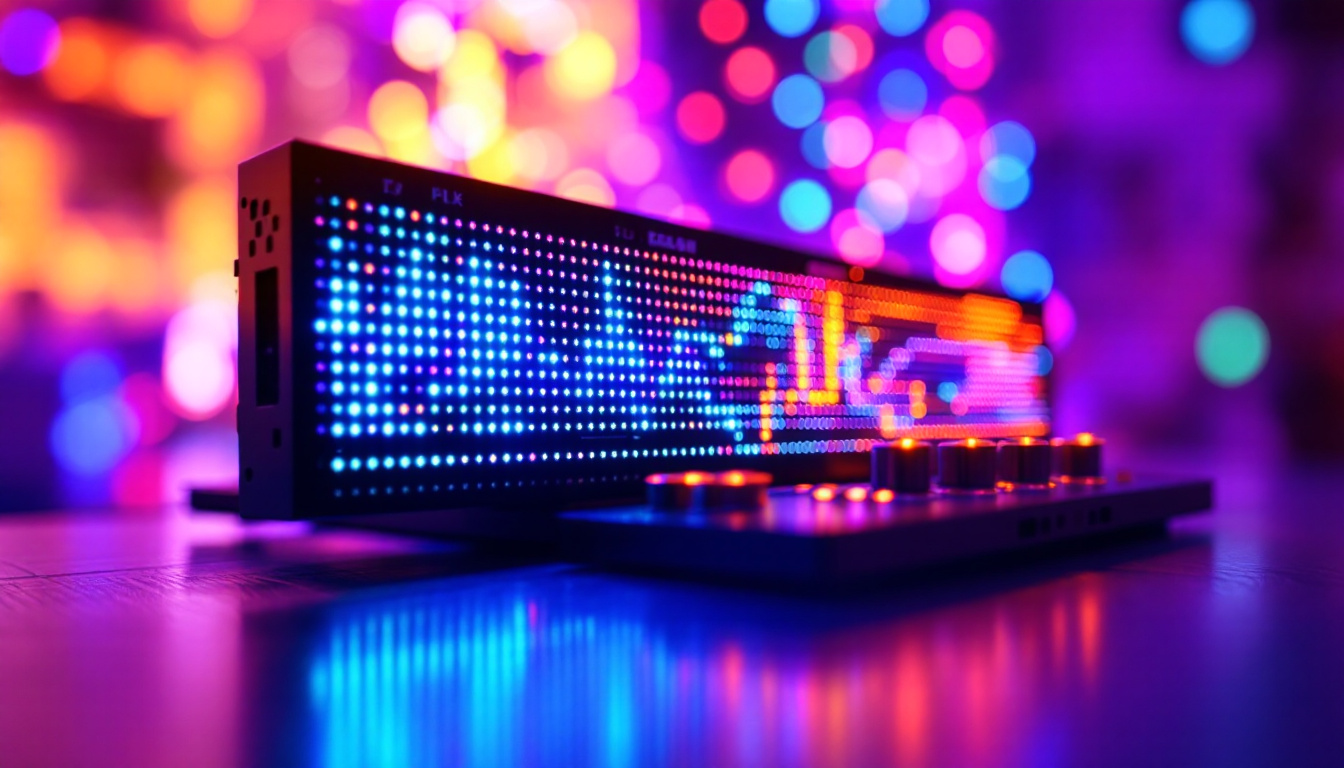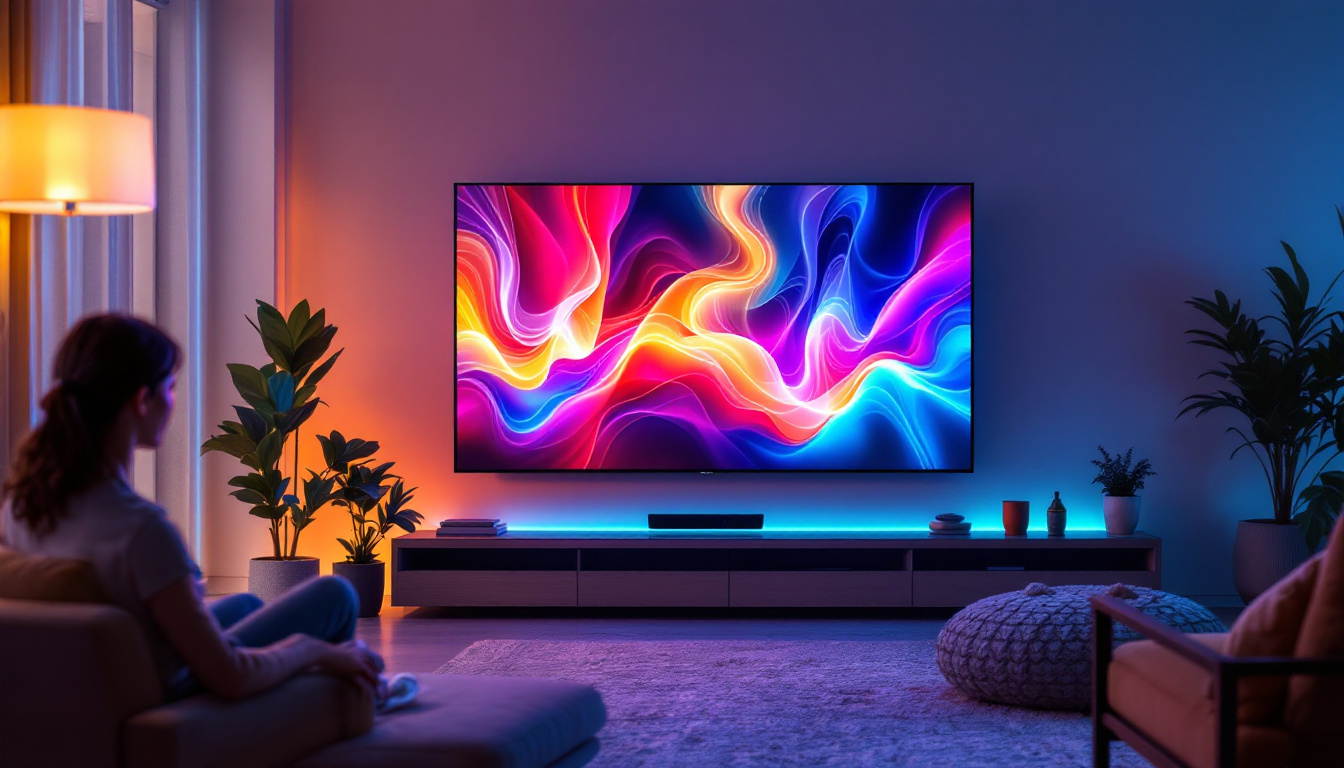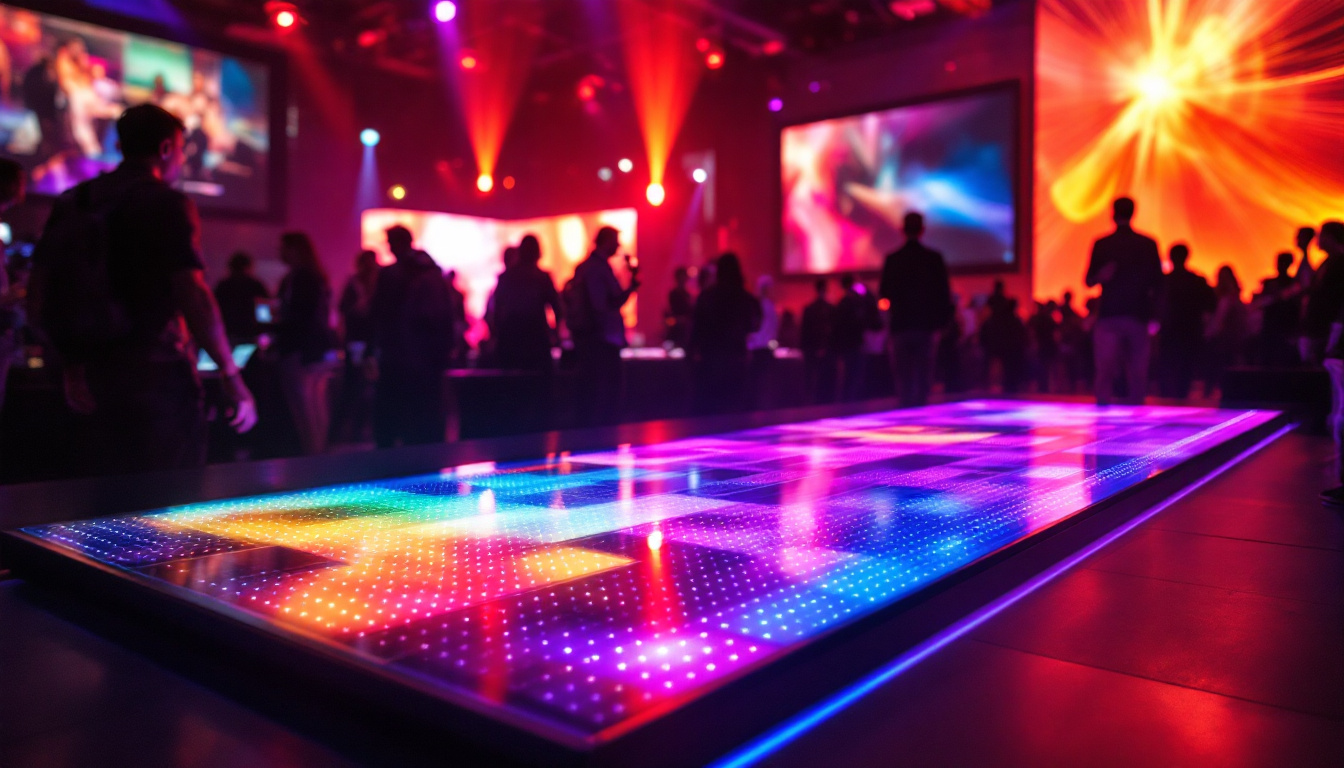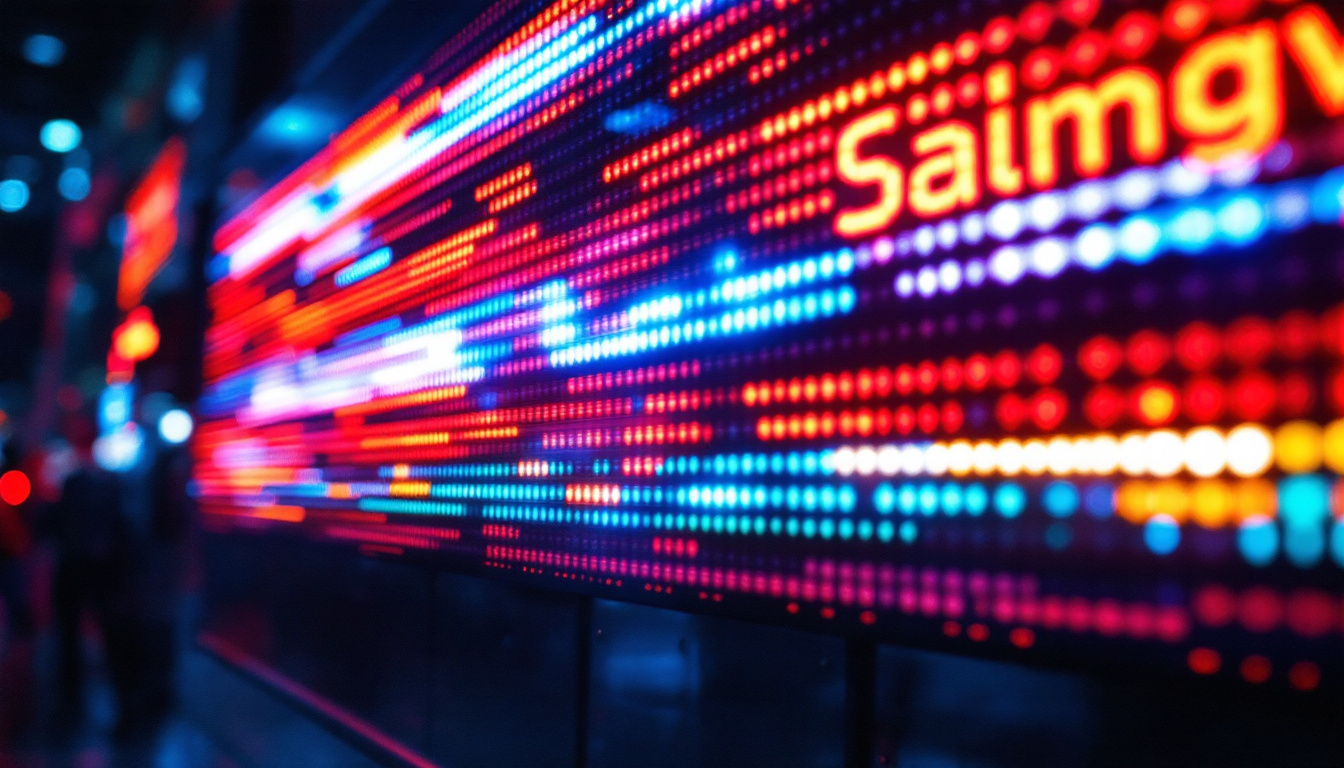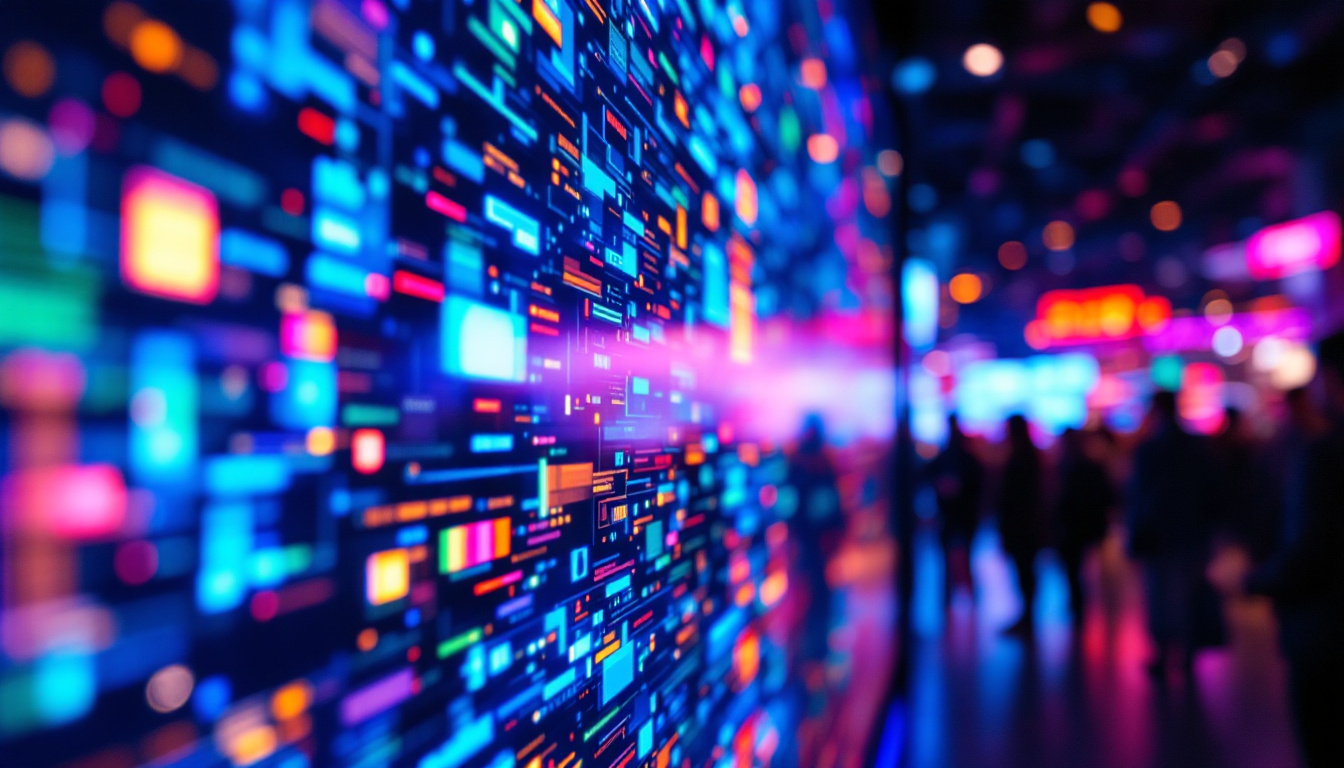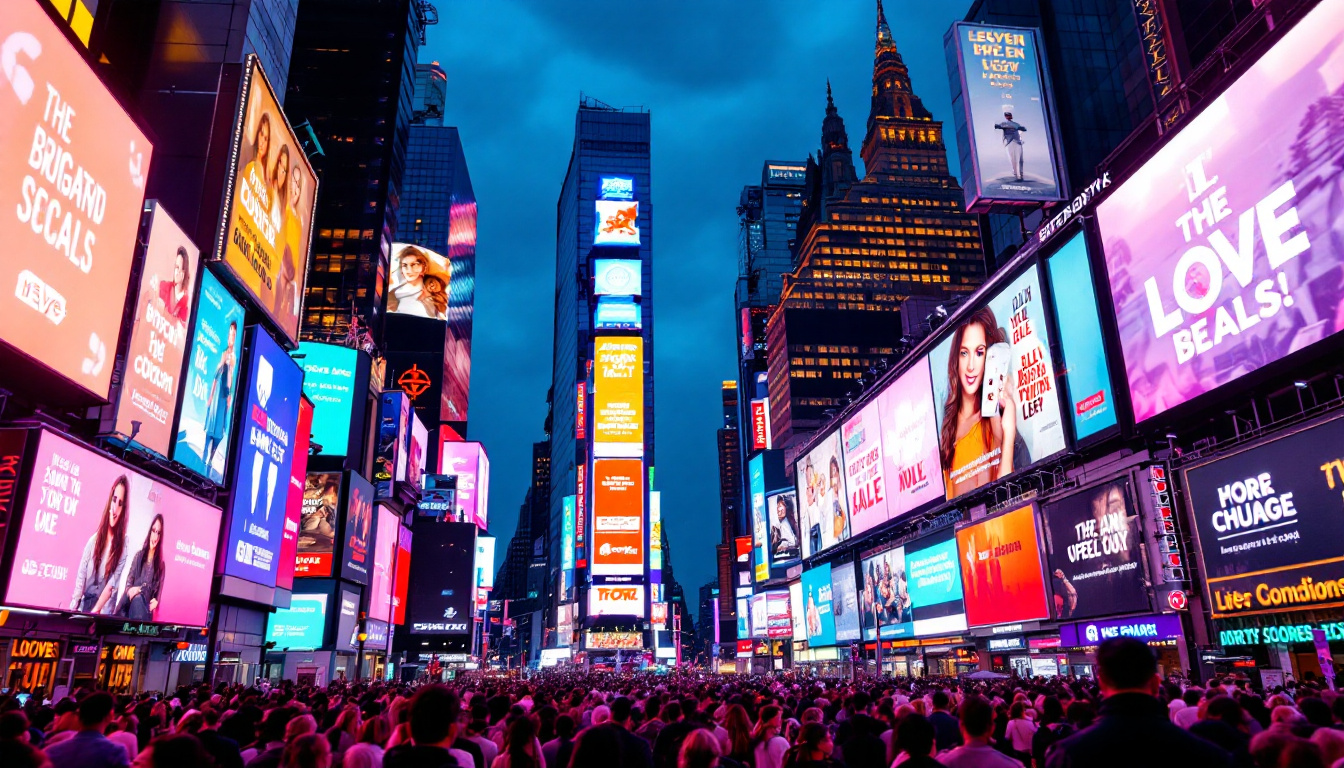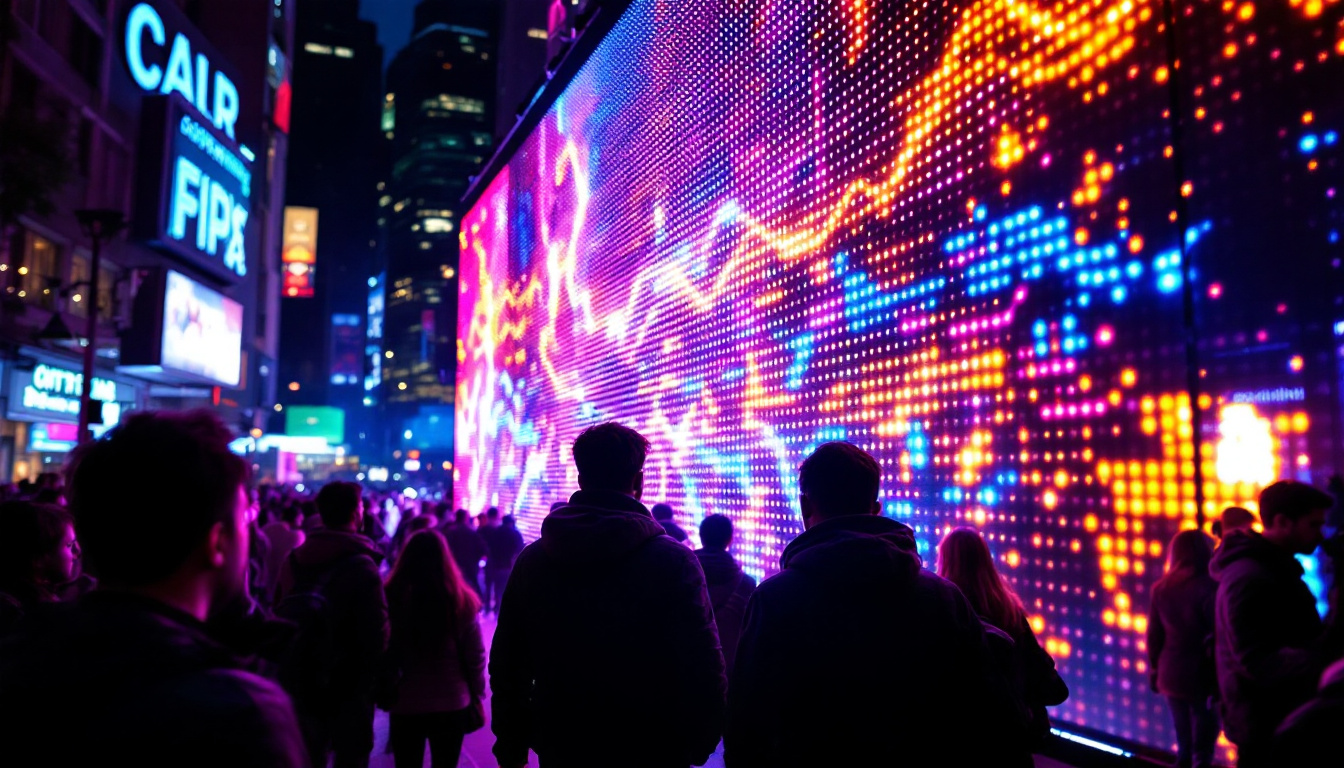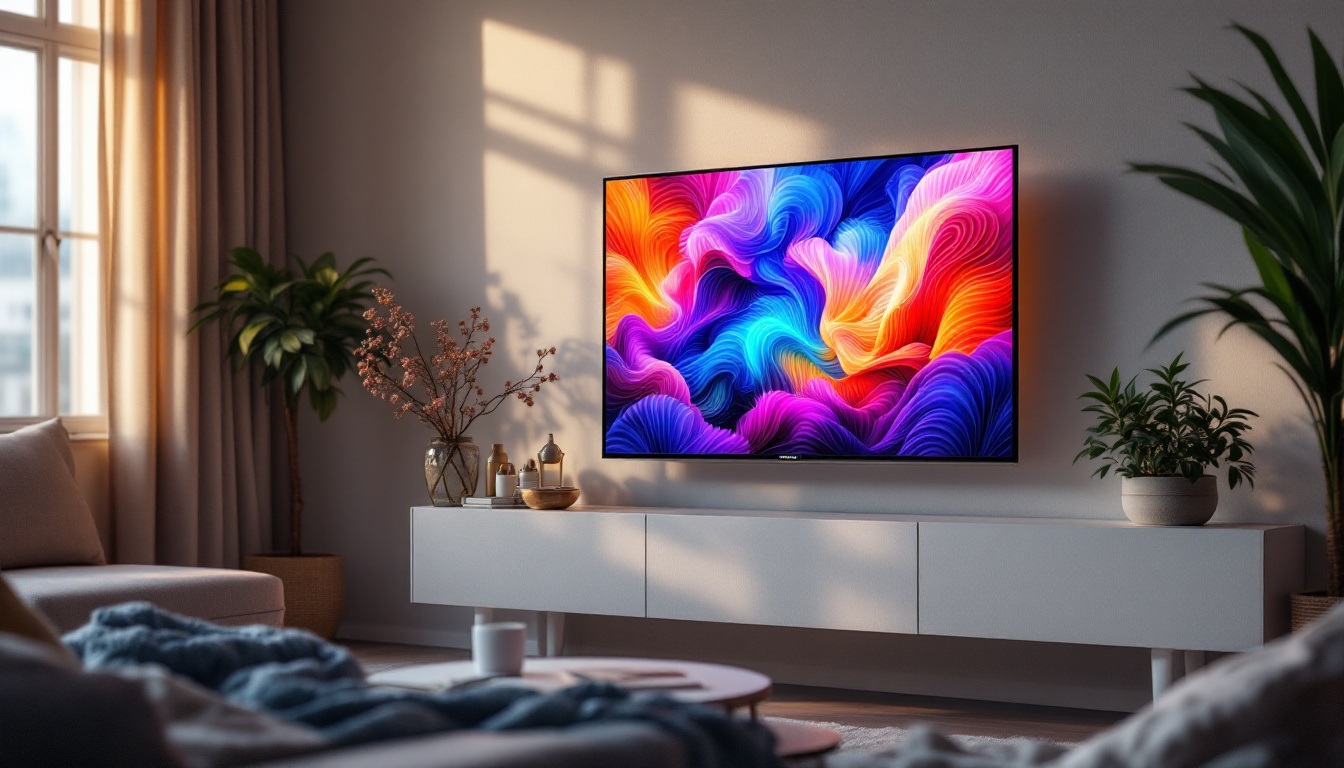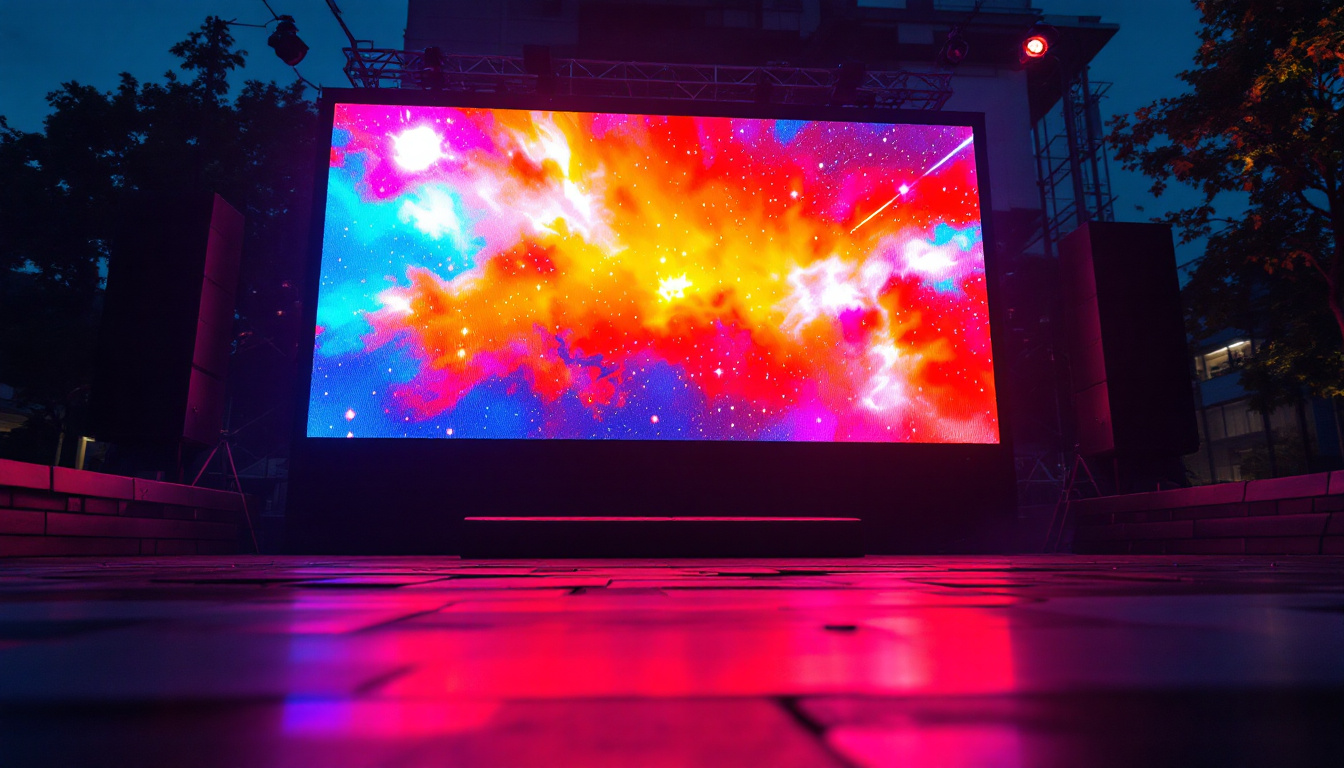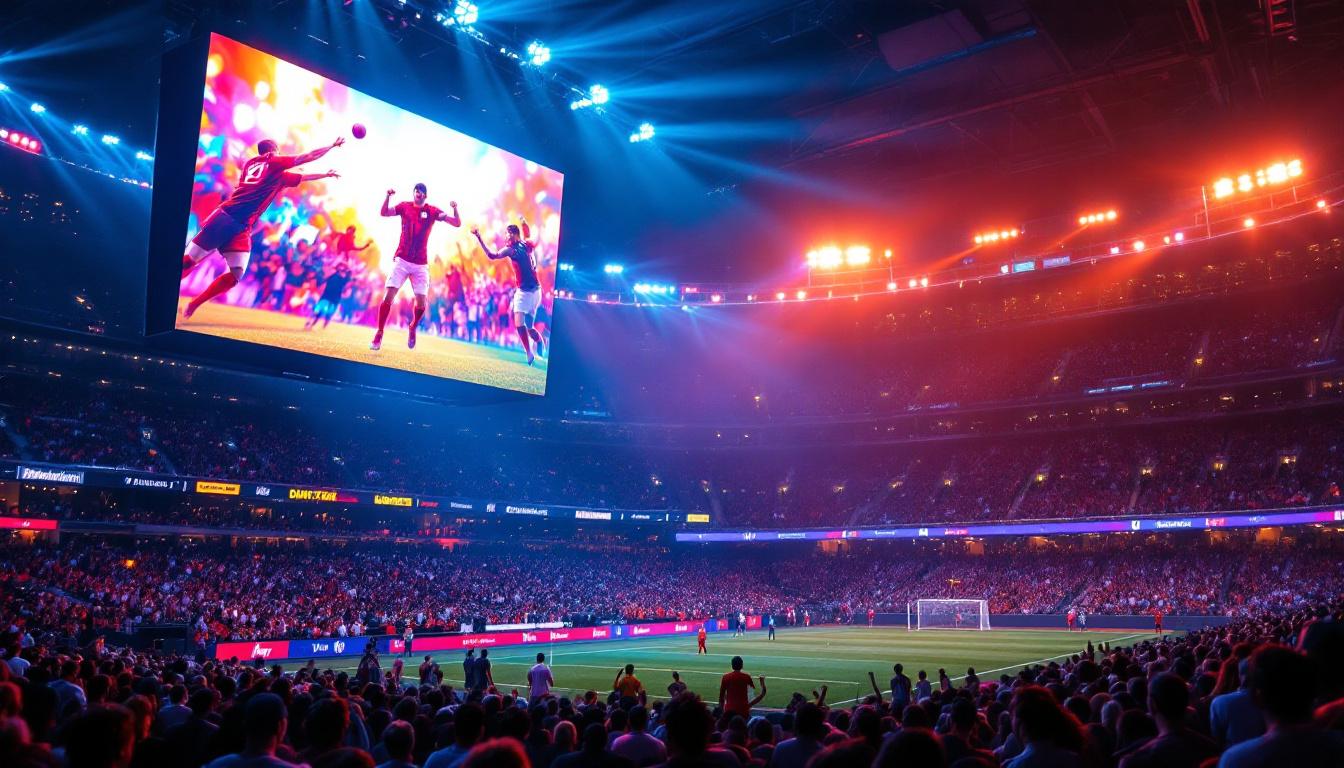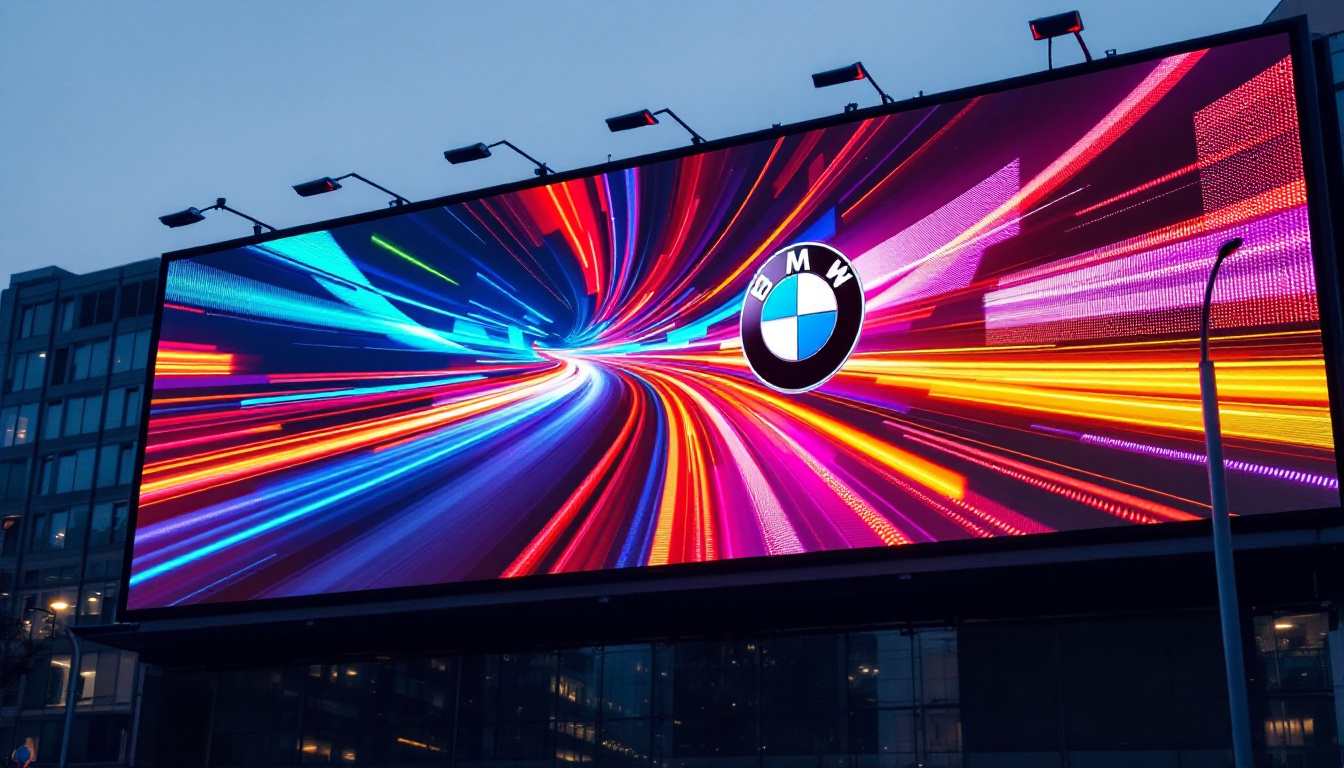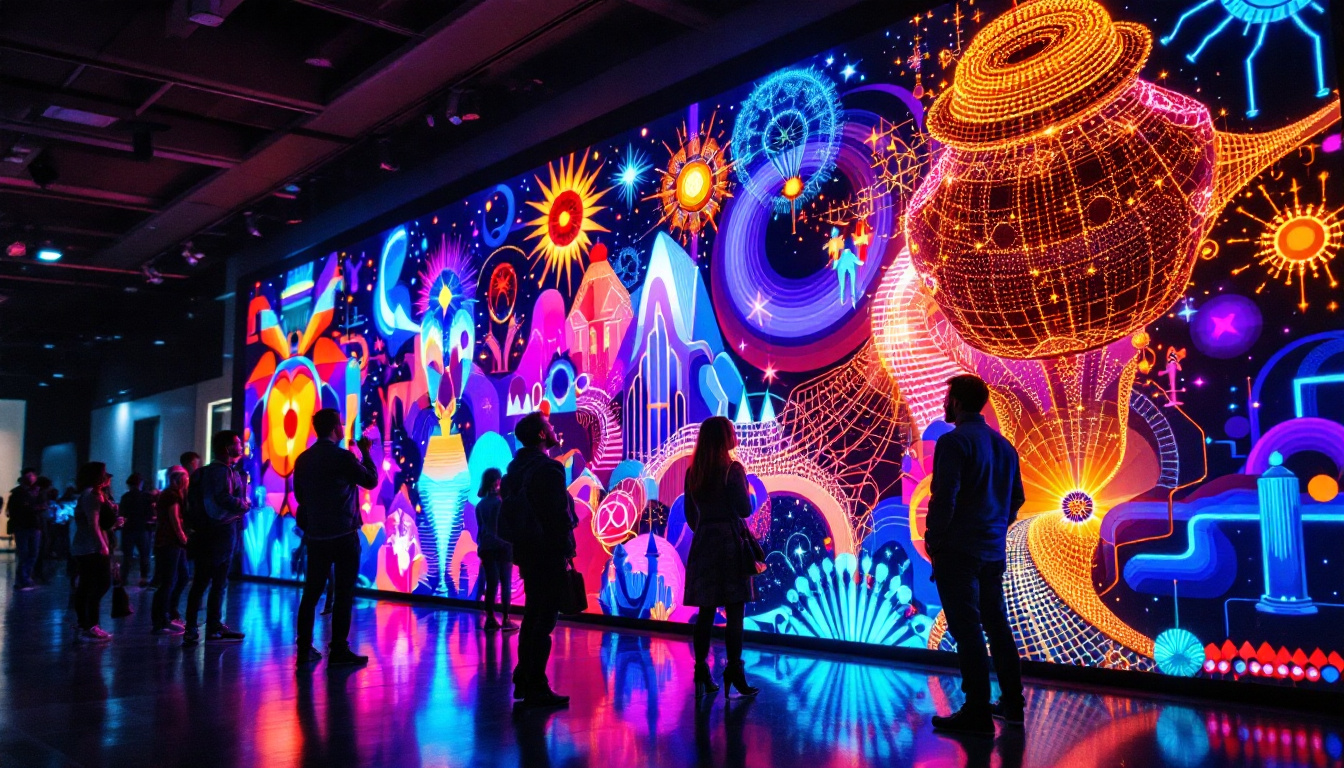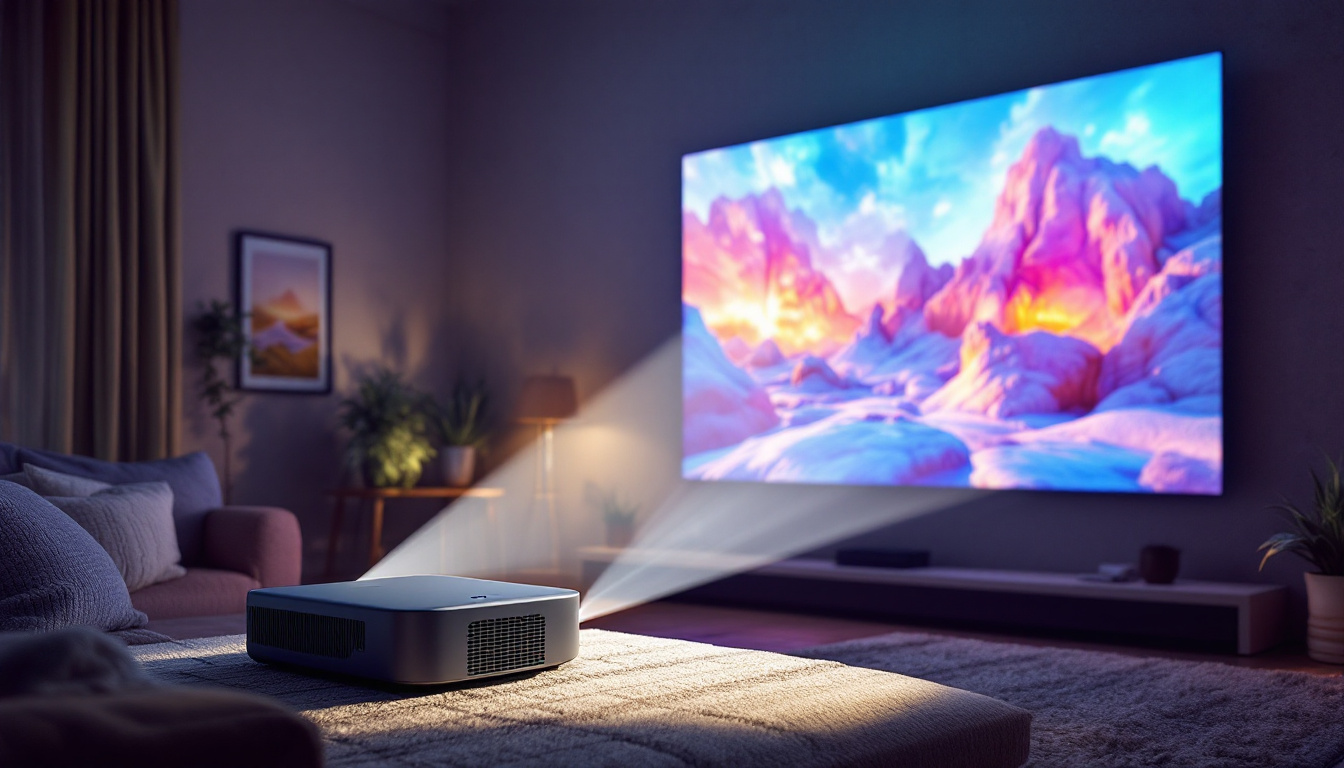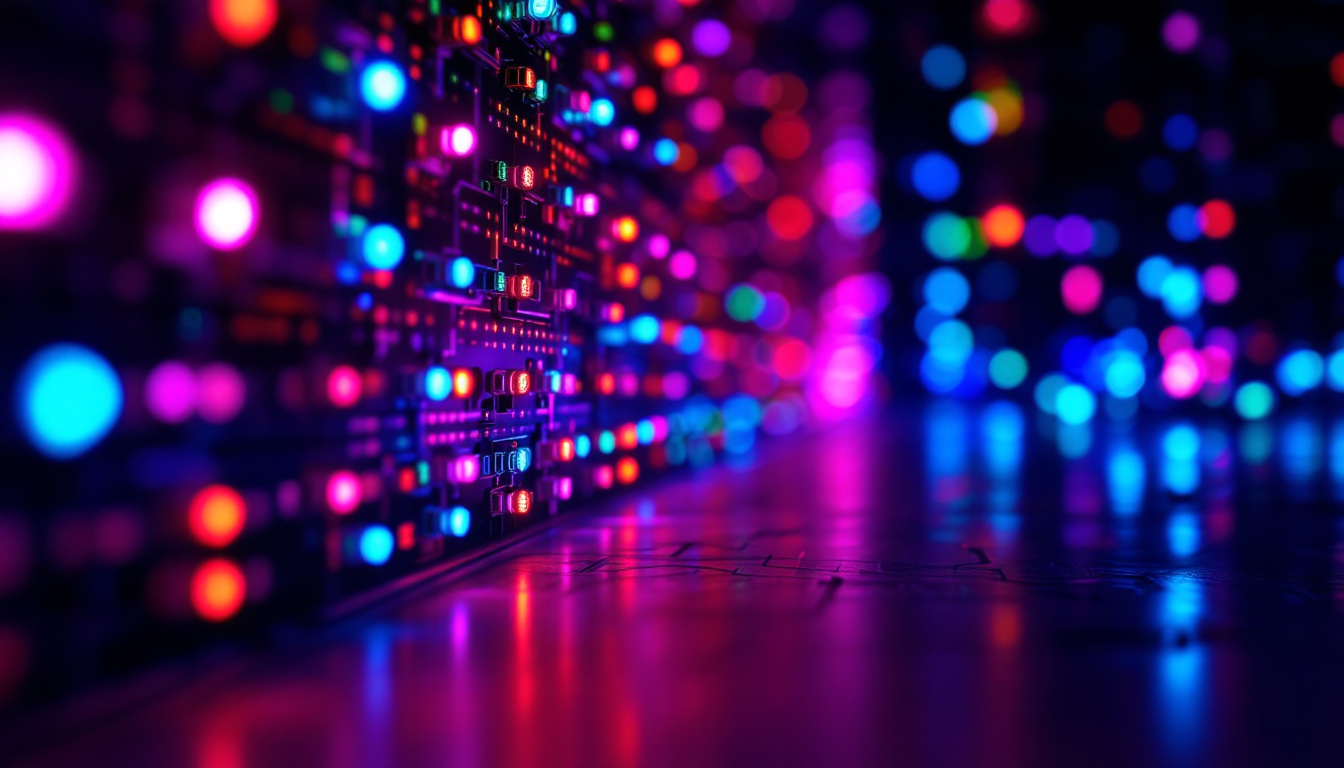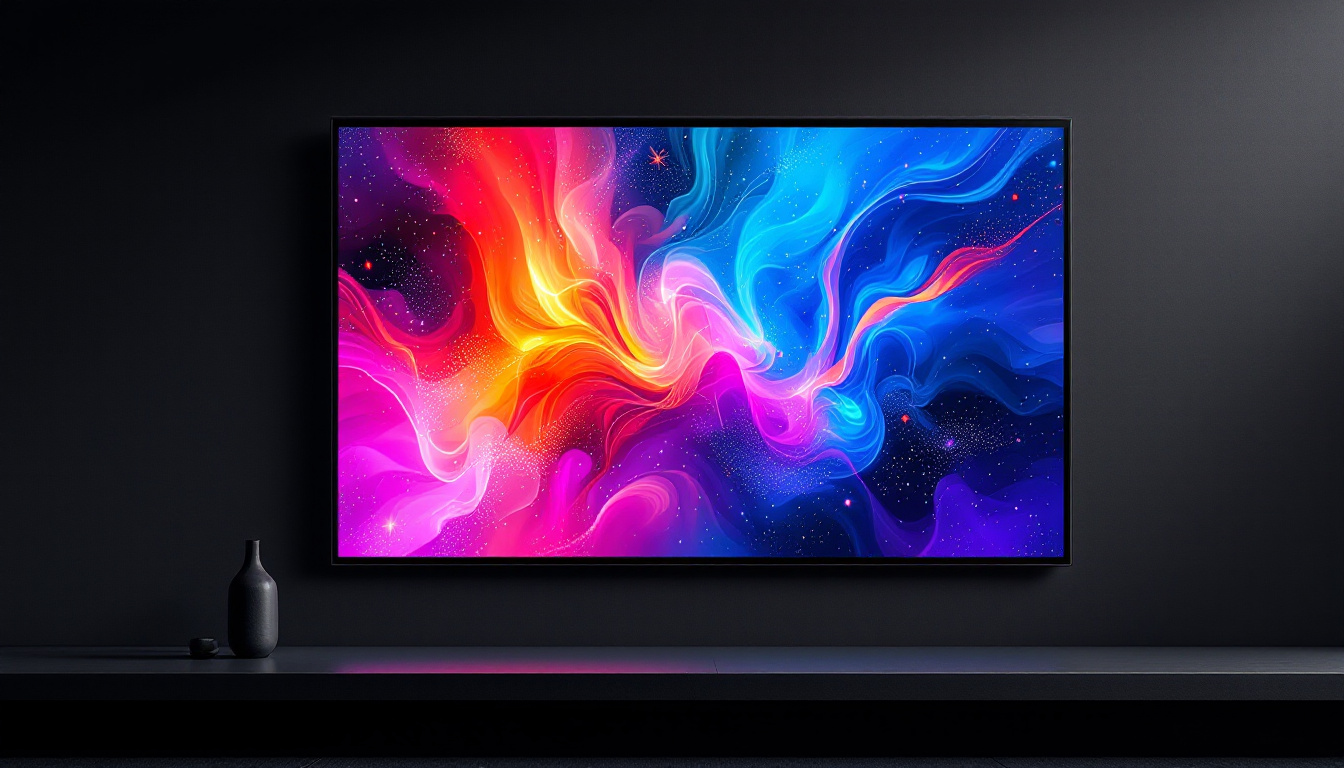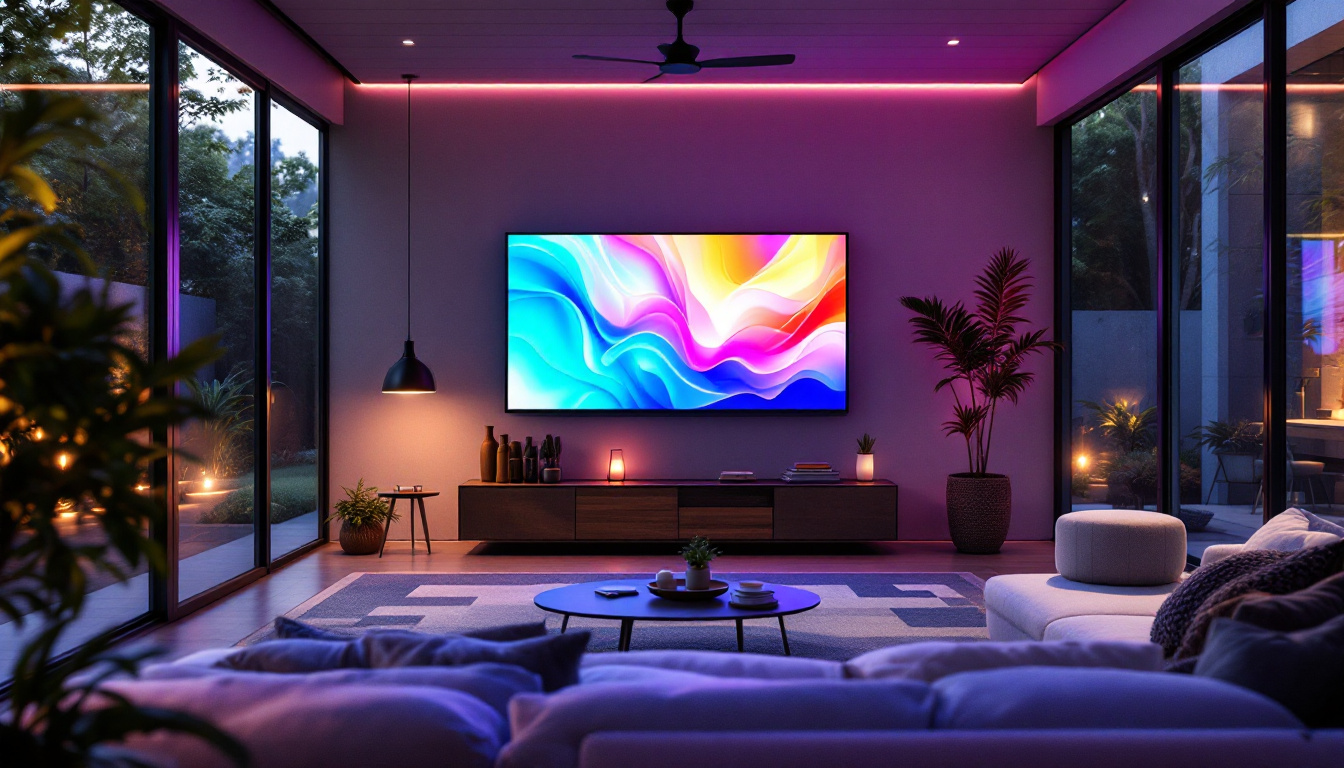In the world of electronics, precision and clarity are paramount, especially when it comes to visual displays. One of the most common measurements encountered in this field is the conversion between centimeters (cm) and millimeters (mm). This article will delve into the specifics of converting 1.2 cm to mm, while also exploring the significance of LED displays and their applications.
Understanding the Conversion: 1.2 Cm to Mm
To grasp the conversion from centimeters to millimeters, it is essential to understand the relationship between these two units of measurement. The metric system is designed for simplicity, where 1 centimeter equals 10 millimeters. Therefore, converting centimeters to millimeters involves multiplying the centimeter value by 10.
Calculating the Conversion
For the specific case of converting 1.2 cm to mm, the calculation is straightforward:
1.2 cm × 10 = 12 mm
Thus, 1.2 cm is equivalent to 12 mm. This simple conversion is crucial in various applications, particularly in fields that require precise measurements, such as engineering, manufacturing, and design.
Importance of Accurate Measurements
Accurate measurements are vital in ensuring the quality and functionality of products. In industries like electronics, even a slight deviation can lead to significant issues. For instance, when designing LED displays, the dimensions must be precise to ensure proper fit and function within a given space.
Furthermore, understanding these conversions can help professionals communicate effectively across different regions and industries, where varying units of measurement might be used. This knowledge fosters collaboration and minimizes errors in design and manufacturing processes.
Applications in Everyday Life
The significance of converting centimeters to millimeters extends beyond industrial applications; it also plays a role in everyday scenarios. For example, when purchasing fabric for sewing projects, knowing the exact measurements in millimeters can help hobbyists and professionals alike ensure they buy the right amount of material. This attention to detail can save time and resources, preventing costly mistakes that arise from miscalculations.
Additionally, in the realm of education, students often encounter conversions in their math and science classes. Mastering these conversions not only aids in their understanding of measurement but also prepares them for real-world applications in various fields, from construction to healthcare. By grasping the concept of metric conversions, students build a foundational skill set that will serve them throughout their academic and professional journeys.
LED Displays: An Overview
LED (Light Emitting Diode) displays have revolutionized the way information is presented visually. These displays are widely used in various applications, from televisions and computer monitors to advertising billboards and digital signage. Their efficiency, brightness, and versatility make them a preferred choice in many sectors.
How LED Displays Work
At the core of an LED display are numerous tiny diodes that emit light when an electric current passes through them. Each diode can produce different colors by adjusting the intensity of the current. By combining these colors, LED displays can create a wide spectrum of hues, allowing for vibrant and dynamic visuals.
LED displays can be categorized into two main types: monochrome and full-color. Monochrome displays utilize a single color, often used for simple text or graphics, while full-color displays can show a wide range of colors, making them ideal for more complex images and videos. The technology behind full-color LED displays typically involves the use of red, green, and blue (RGB) diodes, which can blend together to produce millions of colors, enhancing the viewer’s experience with rich and engaging content.
Advantages of LED Displays
The popularity of LED displays can be attributed to several key advantages:
- Energy Efficiency: LED technology consumes significantly less power compared to traditional display technologies, resulting in lower energy costs.
- Longevity: LED displays have a longer lifespan, often lasting tens of thousands of hours, reducing the need for frequent replacements.
- Brightness and Clarity: LED displays offer superior brightness, making them visible even in well-lit environments.
- Versatility: They can be used in a variety of settings, including indoor and outdoor environments, and can be configured in various shapes and sizes.
Another significant advantage of LED displays is their rapid response time. Unlike traditional LCD screens, which can suffer from motion blur, LED displays can refresh quickly, making them ideal for fast-moving images and videos. This characteristic is particularly beneficial in settings like sports arenas or concert venues, where real-time updates and visuals are crucial. Furthermore, the modular nature of many LED display systems allows for easy repairs and upgrades, ensuring that technology can keep pace with evolving demands.
Additionally, LED displays are increasingly being integrated with smart technology, enabling features such as remote monitoring and content management. This integration allows businesses to update their displays in real-time, tailoring messages to specific audiences or events. As a result, LED displays are not only a tool for visual communication but also a dynamic platform for interactive engagement, paving the way for innovative advertising strategies and enhanced user experiences.
Applications of LED Displays
The versatility of LED displays enables their use across numerous sectors. Here are some prominent applications:
Advertising and Marketing
One of the most visible applications of LED displays is in advertising. Billboards and digital signage utilize LED technology to attract attention and convey messages effectively. The ability to display dynamic content, such as videos and animations, allows advertisers to engage audiences in ways that static displays cannot.
Moreover, LED displays can be programmed to change messages based on time, location, or audience demographics, making them a powerful tool for targeted marketing campaigns.
Television and Entertainment
In the entertainment industry, LED displays are used in everything from television screens to concert backdrops. Their ability to produce high-quality images and videos has made them the standard for modern televisions and cinema screens.
Additionally, large-scale LED displays are often used in sports arenas and concert venues to enhance the audience experience, providing clear visuals from a distance and allowing for interactive elements during performances.
Transportation and Public Information
LED displays play a crucial role in transportation systems, providing real-time information to passengers. Train stations, airports, and bus terminals utilize LED screens to display arrival and departure times, gate information, and other essential updates.
Public information displays, such as those used in municipalities, can convey important messages about safety, weather, or community events, ensuring that citizens are informed and engaged.
Factors Influencing LED Display Performance
Several factors can influence the performance and effectiveness of LED displays. Understanding these factors can help in selecting the right display for a specific application.
Pixel Pitch
Pixel pitch refers to the distance between the centers of two adjacent pixels on an LED display. A smaller pixel pitch results in a higher resolution, allowing for clearer images and finer details. This is particularly important in applications where viewers are close to the display, such as in indoor settings.
Conversely, larger pixel pitches may be suitable for outdoor displays, where viewers are typically farther away. Selecting the appropriate pixel pitch is essential for ensuring optimal viewing experiences.
Brightness Levels
Brightness is another critical factor in LED display performance. Measured in nits, the brightness level determines how well the display can be seen in various lighting conditions. Outdoor LED displays generally require higher brightness levels to remain visible in direct sunlight, while indoor displays can function effectively at lower brightness settings.
When choosing an LED display, it is important to consider the environment in which it will be used to ensure that the brightness level meets the specific needs of the application.
Color Accuracy
Color accuracy is vital for applications where visual fidelity is essential, such as in graphic design and photography. High-quality LED displays are capable of reproducing a wide color gamut, ensuring that colors appear vibrant and true to life.
When evaluating LED displays, it is advisable to look for specifications related to color accuracy and calibration options to achieve the best results.
Future Trends in LED Display Technology
The field of LED display technology is continually evolving, with advancements that promise to enhance performance and broaden applications. Here are some notable trends shaping the future of LED displays:
MicroLED Technology
MicroLED technology is emerging as a game-changer in the display industry. Unlike traditional LEDs, MicroLEDs consist of microscopic individual LEDs that can be arranged to form a display. This technology offers several advantages, including higher resolution, improved energy efficiency, and greater flexibility in design.
As MicroLED technology matures, it is expected to be adopted in various applications, from consumer electronics to large-scale displays, providing an unprecedented viewing experience.
Flexible and Transparent Displays
Flexible and transparent LED displays are gaining traction, allowing for innovative applications in architecture, automotive design, and wearable technology. These displays can be integrated into surfaces that were previously unsuitable for traditional screens, enabling new forms of interaction and engagement.
As this technology advances, it is likely to open up exciting possibilities for creative design and functionality in various industries.
Smart Display Integration
The integration of smart technology into LED displays is another trend to watch. Smart displays can connect to the internet, allowing for real-time content updates, remote management, and data analytics. This capability enhances the functionality of LED displays, making them more responsive to user needs and preferences.
As the Internet of Things (IoT) continues to grow, the incorporation of smart features into LED displays will likely become increasingly commonplace, transforming how information is presented and consumed.
Conclusion
Understanding the conversion of 1.2 cm to mm is just one aspect of the broader discussion surrounding measurements and their importance in the field of electronics. LED displays, with their myriad applications and advantages, have become an integral part of modern life. From advertising to transportation, the impact of LED technology is profound and far-reaching.
As technology continues to advance, the future of LED displays looks promising, with innovations that will enhance performance and expand their applications. Staying informed about these developments will be essential for professionals and consumers alike, ensuring that they can leverage the full potential of LED display technology.
Discover LumenMatrix’s Advanced LED Display Solutions
As we embrace the precision of measurements in LED technology, LumenMatrix stands at the forefront, offering a spectrum of innovative LED display solutions tailored to your needs. Whether you’re looking to enhance brand visibility with an Indoor LED Wall Display, captivate passersby with an Outdoor LED Wall Display, or create dynamic visual experiences with Custom LED Displays, LumenMatrix has the cutting-edge technology to bring your vision to life. Elevate your visual communication and engage your audience like never before. Check out LumenMatrix LED Display Solutions today and see the difference that clarity and innovation can make.



